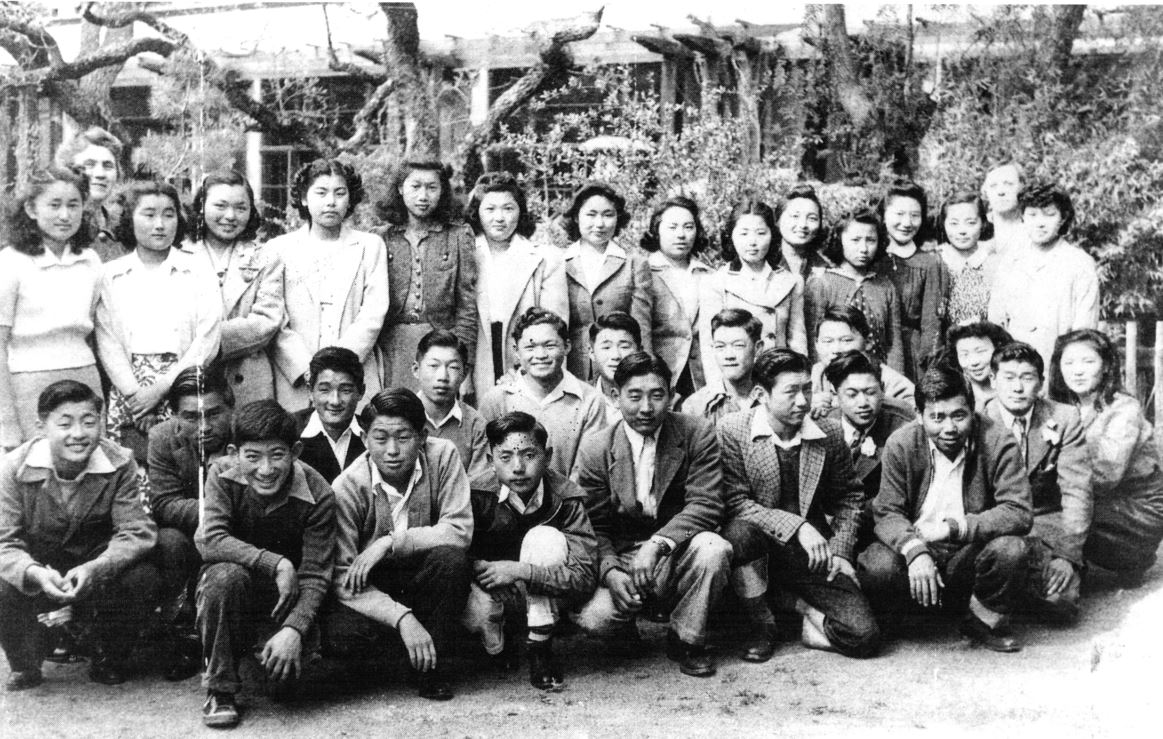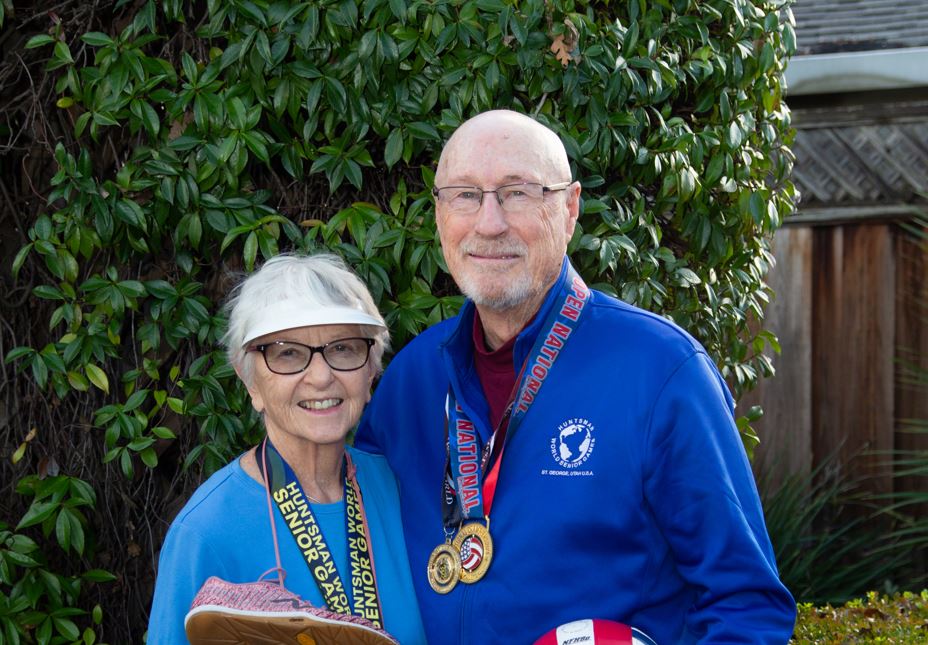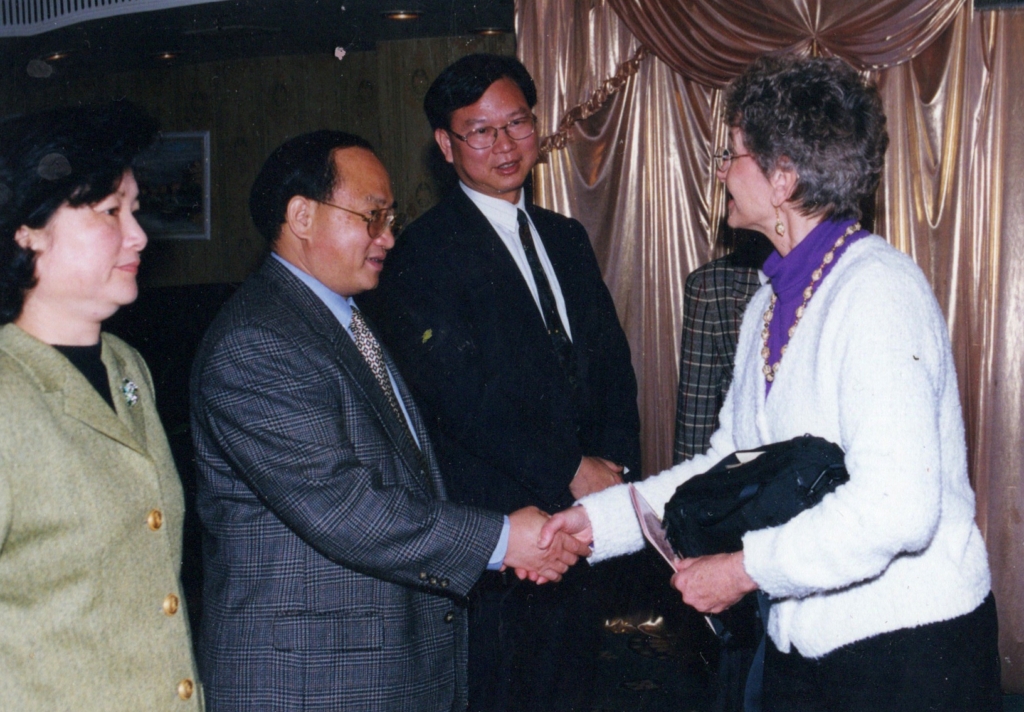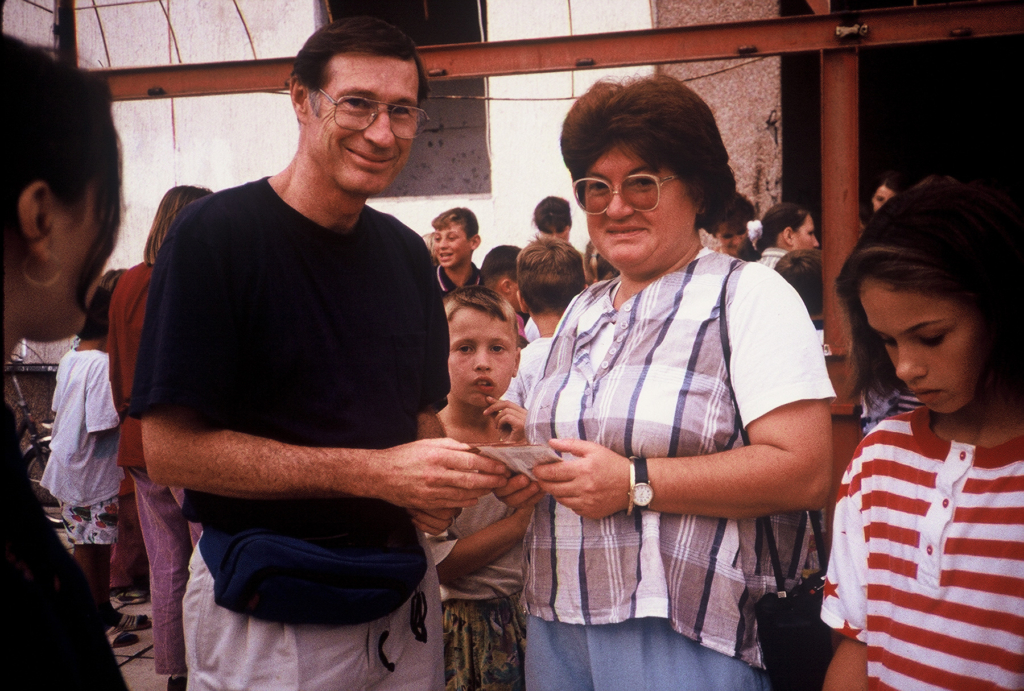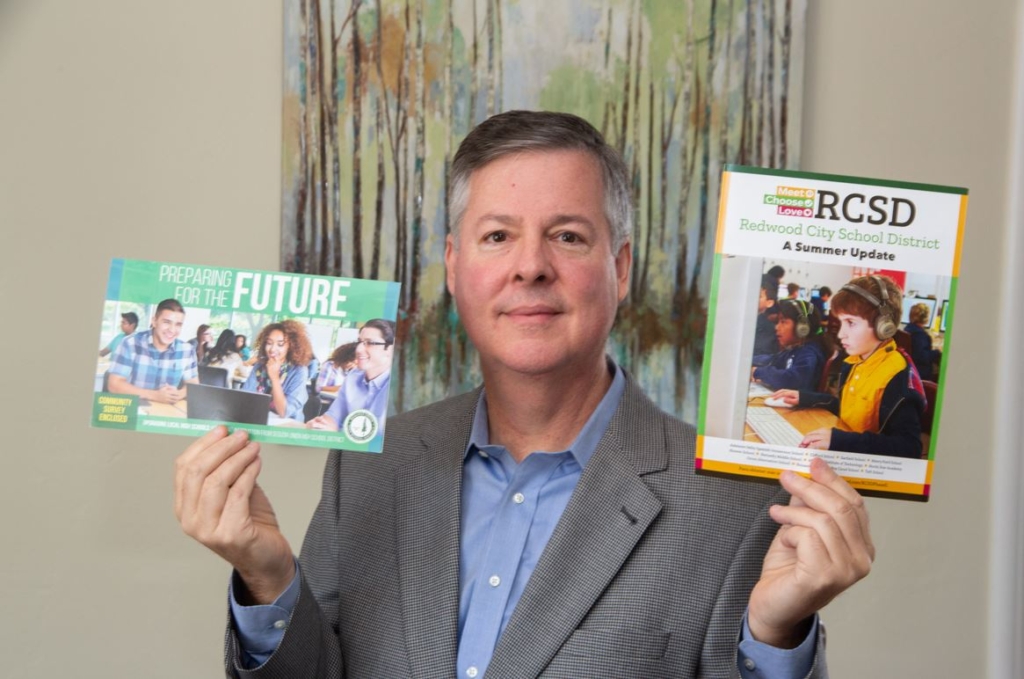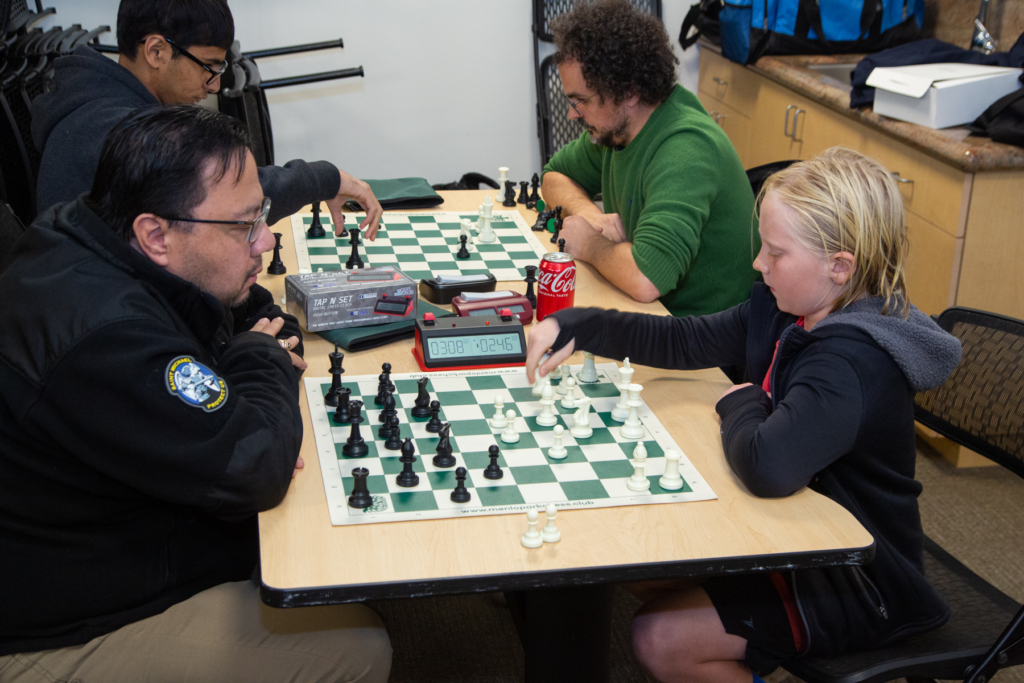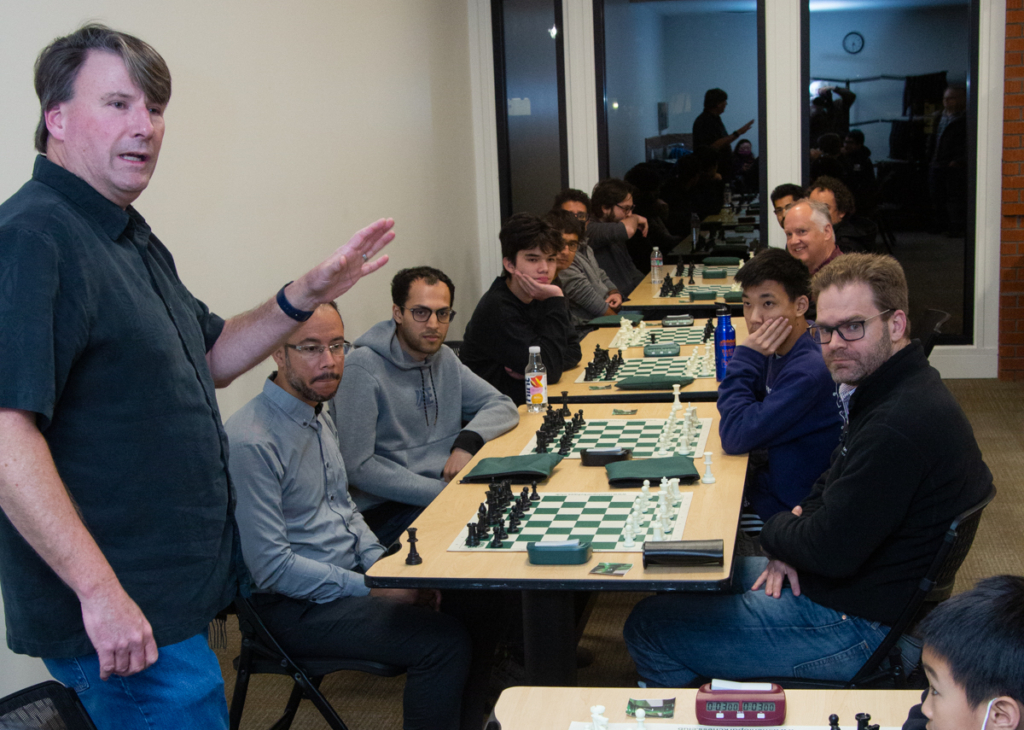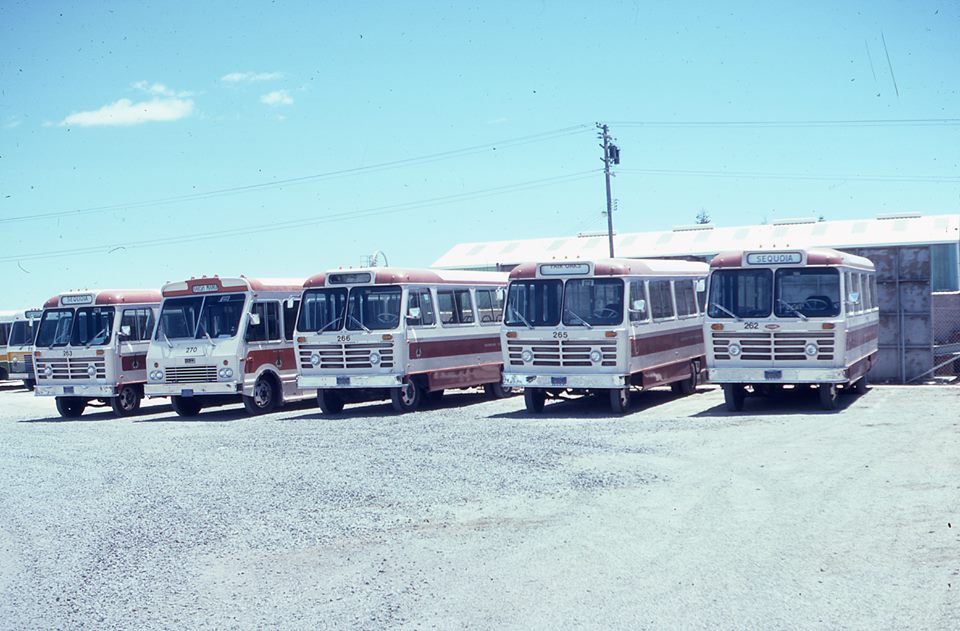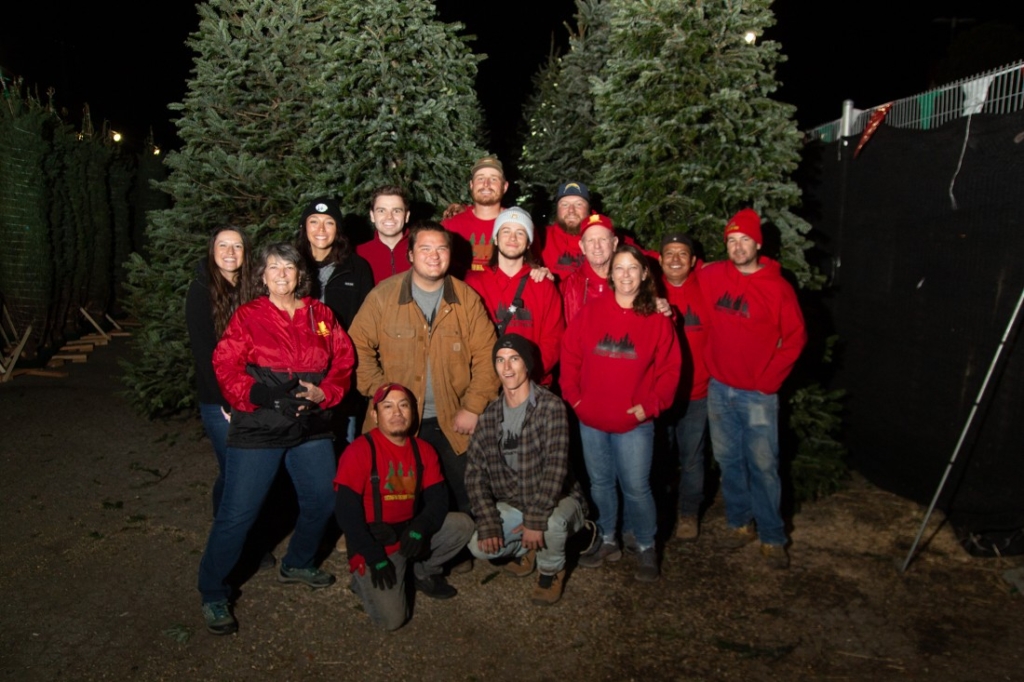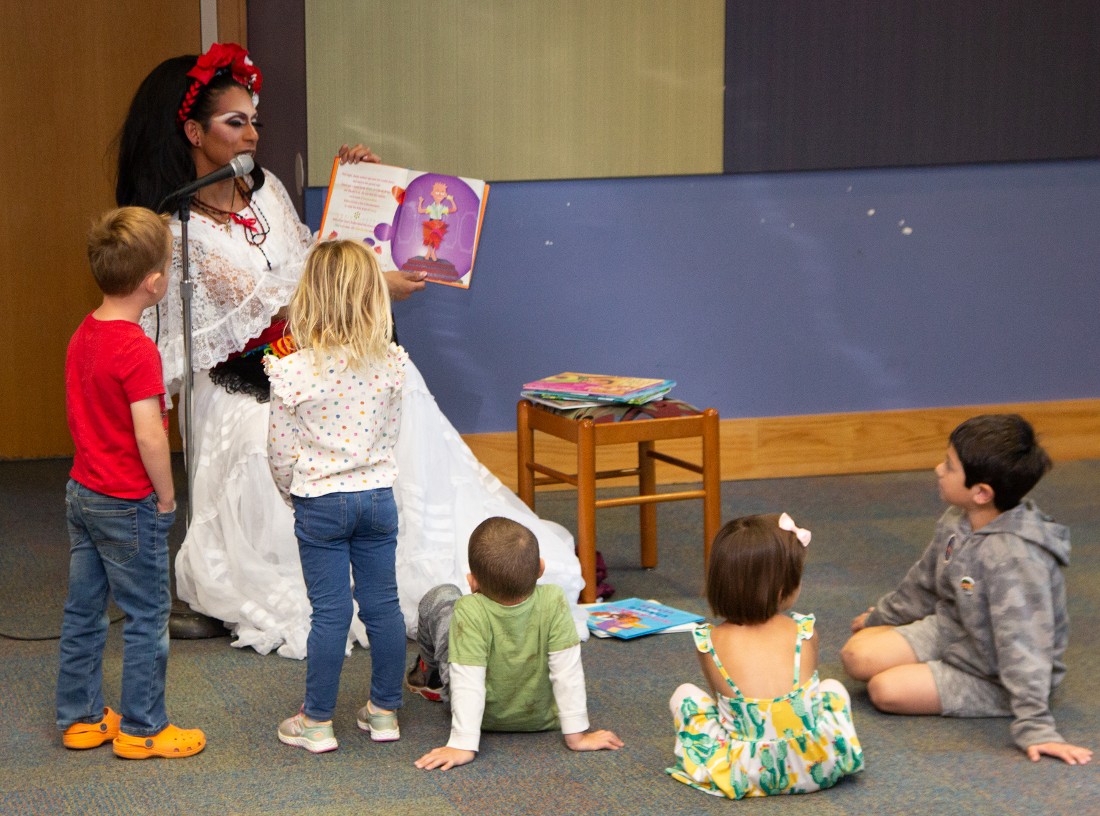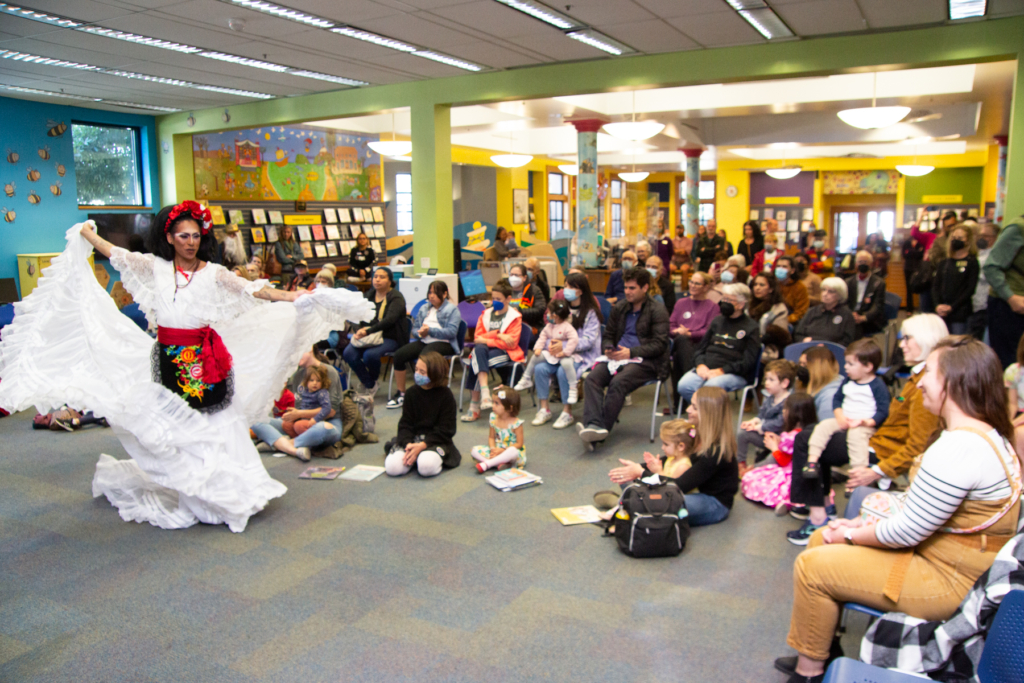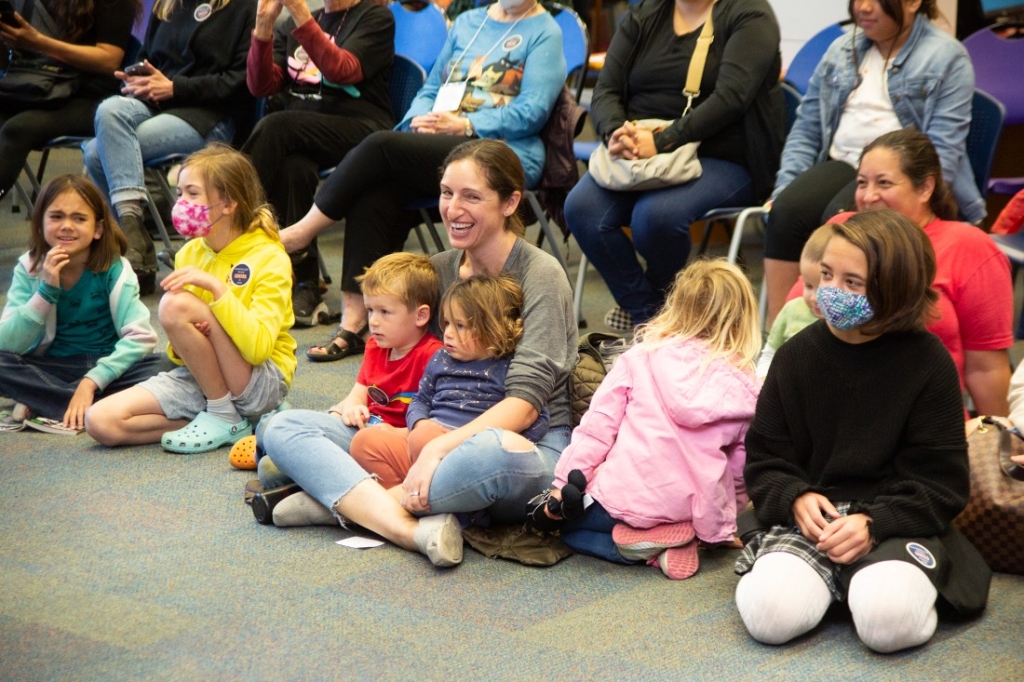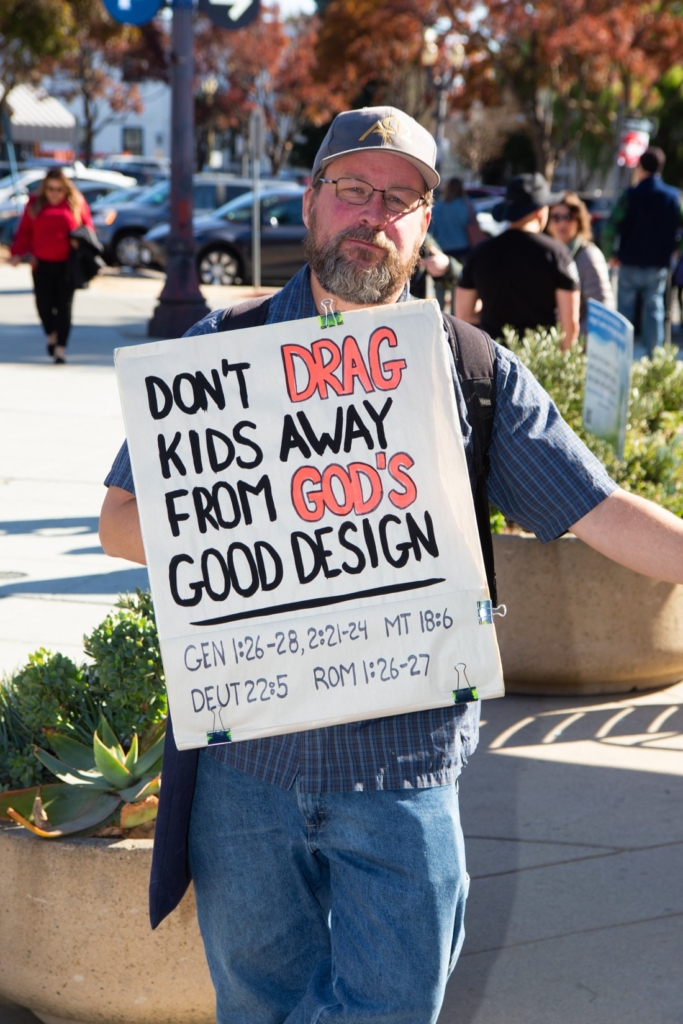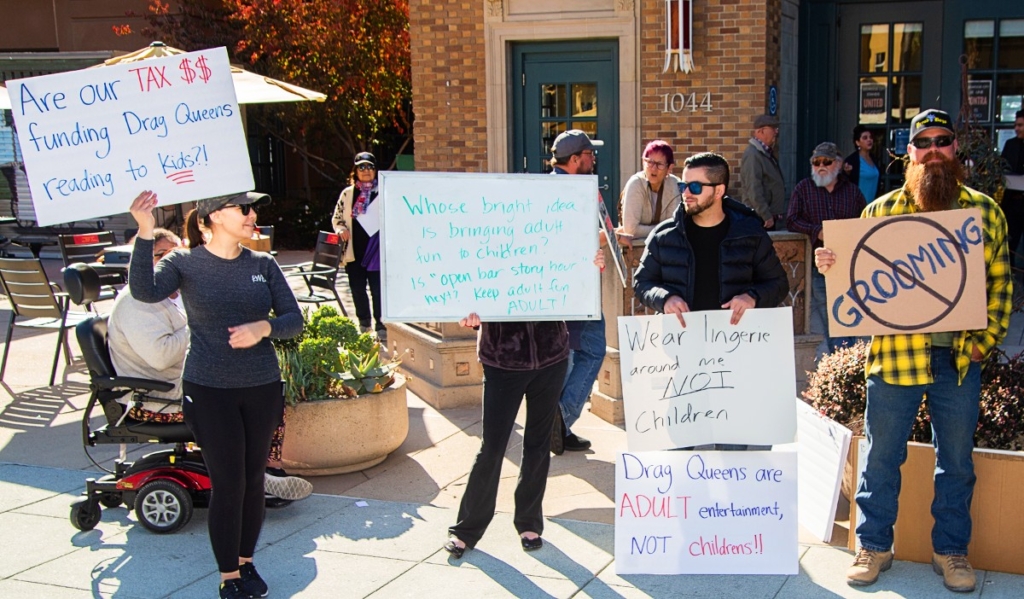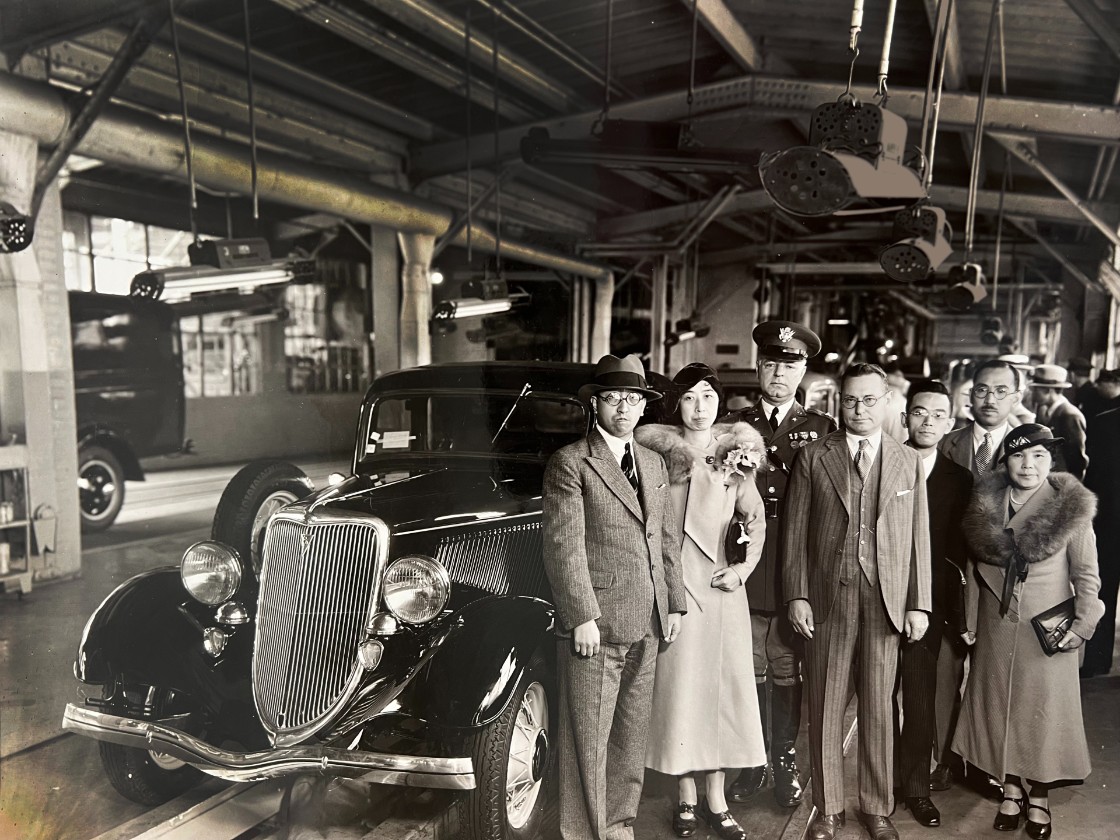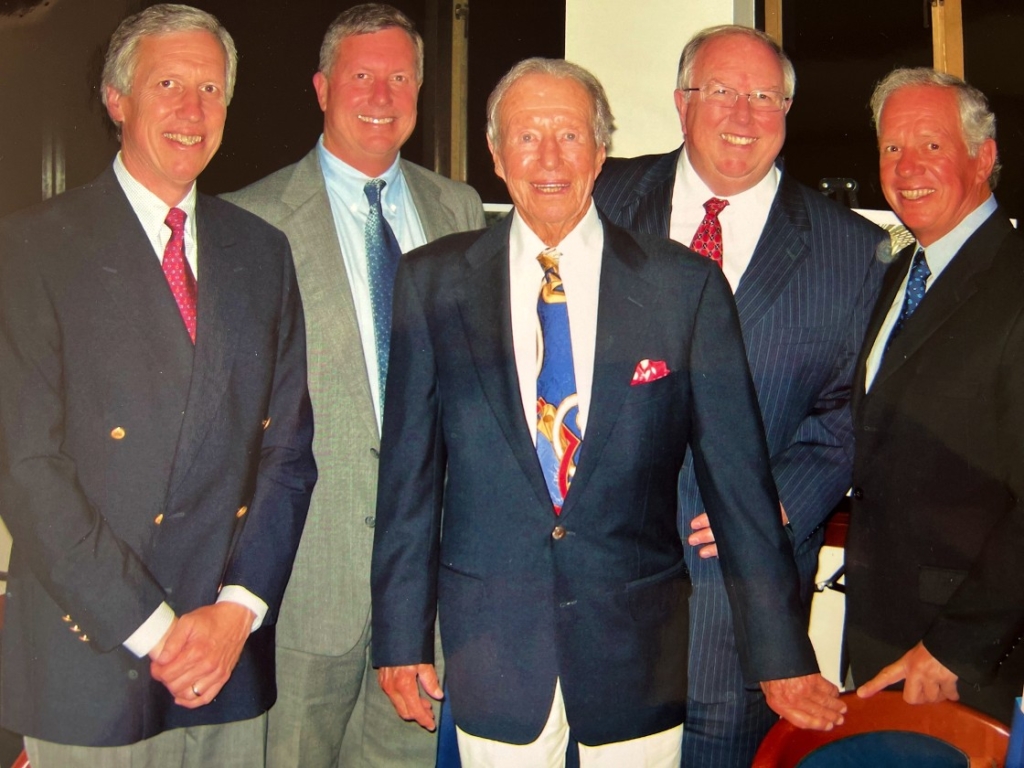Neighbors express frustration at police response to Redwood City mass shooting

Suspect Remains At Large Four Days Later
Four days after an unidentified gunman shot four adults and one 16-year-old youth in the early hours of Sunday, May 7, the suspect remains at large, leaving many neighbors feeling frustrated and unsafe.
The five victims were drinking on the sidewalk around 4:30AM on the 400 block of Redwood Avenue in the Palm Park neighborhood when the suspect approach and fired a 9mm handgun. They were hospitalized with serious, but not life-threatening injuries.
The shooting is the first mass shooting in recent memory in Redwood City and occurred nearly four months after a gunman shot eight people in Half Moon Bay, killing seven.
The May 8 Redwood City council meeting opened with a brief statement from City Manager Melissa Stevenson Diaz acknowledging the tragedy and calling on the community to come forward with any information that can help lead to an arrest.
“We really welcome information from the community that will help us with understanding what has happened.” Stevenson Diaz continued, “We will be providing updates as soon as we have substantial updates to share.”
Mayor Jeff Gee commended the Police Department for its response. “I want to thank our law enforcement and our law enforcement partners that responded to this incident yesterday. This is an active and ongoing investigation.”
But while the investigation continues, many neighbors feel that the police department is not doing enough to engage the community and provide it with timely and pertinent information.
“Within 24 hours it was reported that ‘the area of the crime had returned to normal,’ and to this day, despite the assailant still not having been identified nor apprehended, impacted residents have not received any notice from authorities,” said Jason Lee, who bought his home in the Palm Park neighborhood just two weeks ago. “Some, including me, only found out through happenstance in Monday’s brief local news coverage or from neighbors.”
Despite strong calls for public support in the investigation, the Redwood City Police Department has struggled to make contact with neighbors willing to provide information. Investigators have gone door-to-door searching for witnesses, but have found many neighbors reluctant to open their doors.
Veronica Escamez, a prominent leader in the local Latino community, believes that residents are hesitant to speak to the police due to their immigration status and fears of retaliation.
“In my opinion, undocumented people often have fears and concerns about interacting with police due to their immigration status,” said Escamez. “They fear reporting a crime or cooperating with the police may lead to their arrest and removal from the county.”
“However,” Escamez continued, “efforts are being made by the San Mateo Sheriff’s Department through the CARON program to build trust between law enforcement agencies and undocumented populations, recognizing the importance of their safety and well-being in maintaining overall community safety.”
The City of Redwood City adopted a “Welcoming City” policy in 2017, which prohibited the Redwood City Police Department from cooperating with federal immigration enforcement.
Then Mayor John Seybert said, “Our department only arrests or detains based on factors which establish probable cause of a crime rather than arbitrary aspects such as suspected immigration status. We believe we are all safer if anyone who contacts us to report a crime can speak freely rather than feel vulnerable to deportation.”
Police Chief Dan Mulholland did not respond to Climate Magazine’s request for comment by press time.
While the search continues, local leaders have sprung into action to bring the community together to collectively heal.
Councilmember Elmer Martinez Saballos, who represents the Palm Park neighborhood, is organizing a neighborhood listening session in the coming weeks to provide a forum for the community to share their thoughts and concerns.
“This is a horrific tragedy, and my heart goes out to the victims and their families,” said Councilmember Elmer Martinez Saballos, who represents the Palm Park neighborhood. “To heal from this, we need to lean on one another, to trust one another, and to work together as a community to ensure that our neighborhoods are safe.”
Martinez Saballos told Climate Magazine that the City offers robust mental health and other support services to the victims. He encouraged residents who are struggling to cope with the tragedy to seek out support from mental health services offered within Redwood City and San Mateo County.
Anyone with information about this incident should contact Detective James Schneider at 650-780-7607. Tips may be made anonymously.


